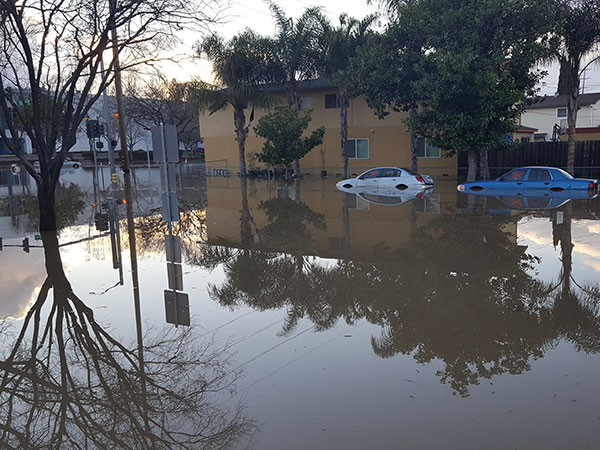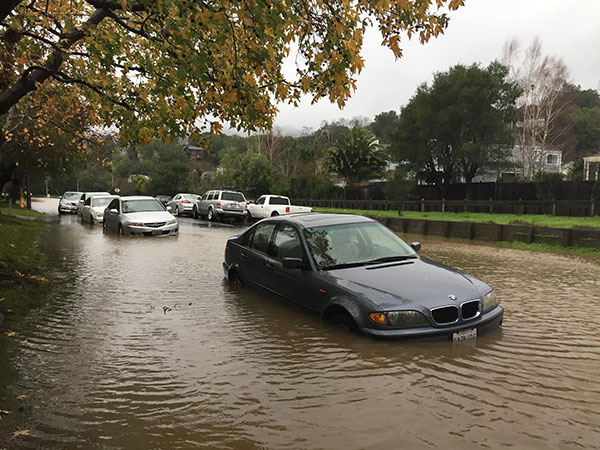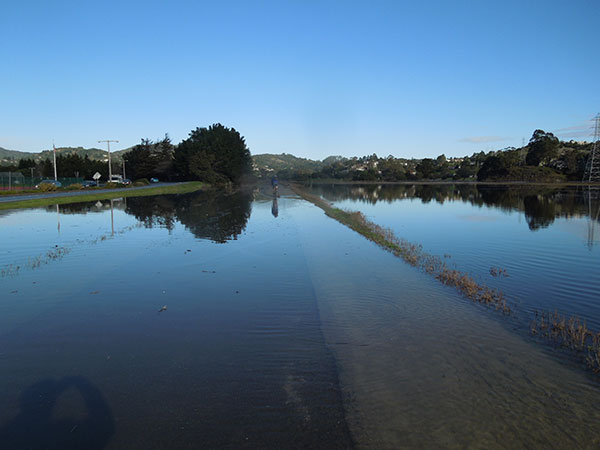CHARG is comprised of agencies and organizations across the region which are responsible for implementing solutions to address coastal hazards.

Our History
CHARG was initiated in 2014 by the public agencies responsible for implementing strategies to reduce the impacts of sea level rise, king tides, and extreme weather on San Francisco Bay shoreline communities. With more than 120 stakeholders, CHARG hosted focused workshops and sub-group meetings around the Bay Area to tackle the sea level rise-related policy, funding, and technical challenges facing the region. Providing a platform for local jurisdictions, NGOs, State and Federal agencies, and the public, CHARG addresses the many challenges to sea level rise at a regional scale and recognizes that a “One Bay” approach with a unified voice is essential to protecting our regional asset.
Acknowledging the growth in sea level rise awareness and regional adaptation planning around San Francisco Bay since 2014, CHARG shifted its focus in 2017 to supporting technical studies and solutions to inform regional adaption, policy, and funding decisions. In 2018, CHARG became a Strategic Initiative of BAFPAA. CHARG seeks to engage all local flood control districts and stakeholders from San Francisco Bay through the Sacramento-San Joaquin Delta to advance the scientific foundation needed to direct sea level rise adaptation at a regional scale.
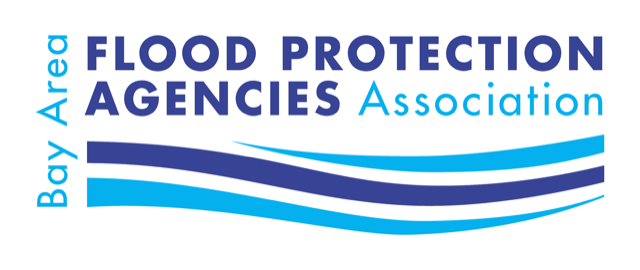
Our Future
CHARG envisions a future in which all residents of and visitors to the Bay area, and the important infrastructure, property, and other assets on which they depend, can thrive in the face of the coastal hazards facing our region. CHARG’s mission is to improve and protect quality of life for San Francisco Bay communities by providing the strong technical and engineering basis needed to support critical policy, funding, and implementation decision-making around regional sea level rise adaptation.
CHARG Leadership
Leadership is comprised of BAFPAA members representing flood protection agencies around the Bay.
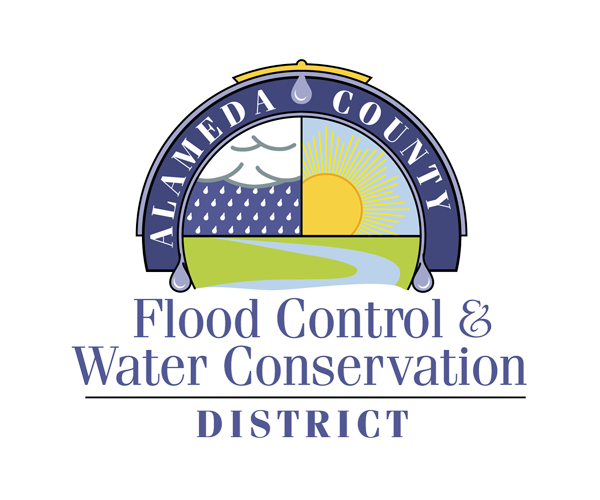
Hank Ackerman
Alameda County Flood Control District
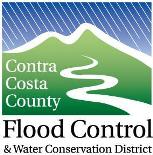
Paul Detjens
Contra Costa County Flood Control District

Roger Leventhal
Marin County Public Works
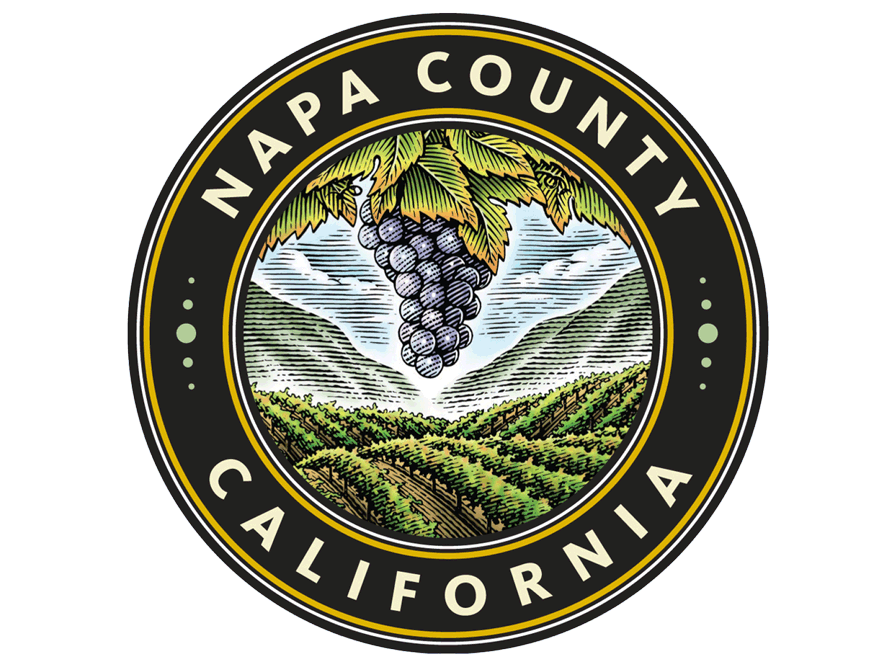
Richard Thomasser
Napa County Flood Control District

John Diaz
Sonoma Water

John Bourgeois
Valley Water
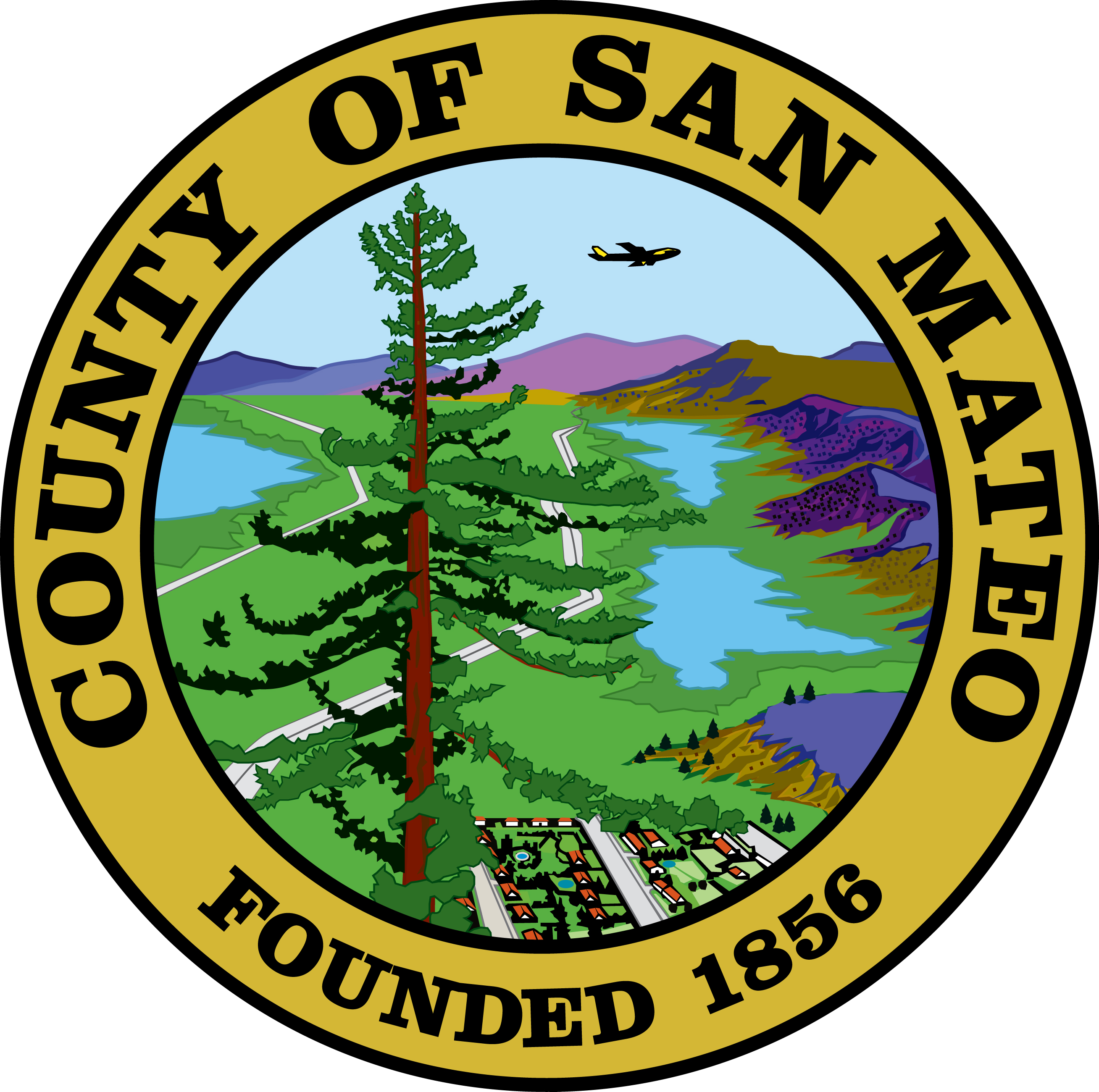
Len Materman
San Mateo County Flood and Sea Level Rise Resiliency District
CHARG Steering Committee
The Steering Committee includes representatives from regional, state and federal agencies; private business and Non-Governmental Organizations with a focus or interest in addressing sea level rise. They provide thought leadership, technical guidance, and offer strategy input for CHARG.
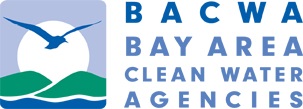
Jacqueline Zipkin
Bay Area Clean Water Agencies/ East Bay Dischargers Authority
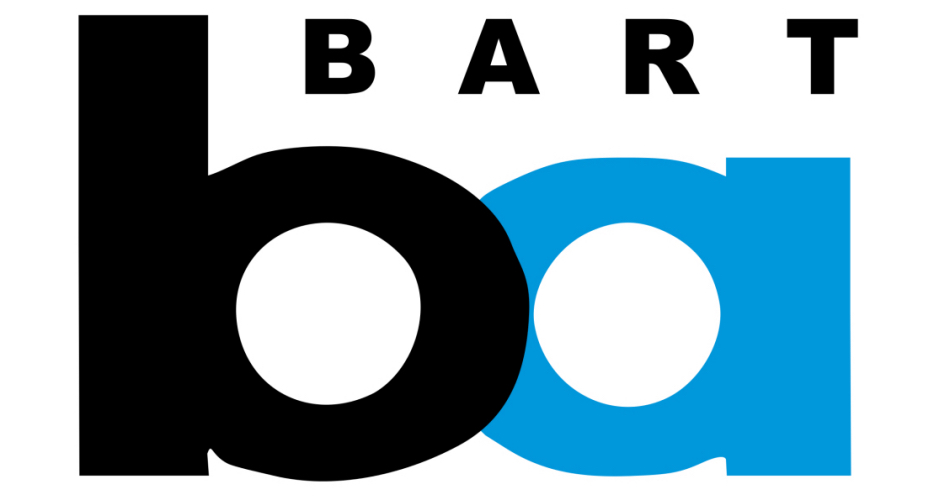
Tian Feng
Bay Area Rapid Transit
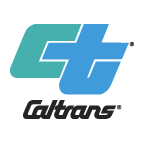
Vishal Ream-Rao
California Department of Transportation
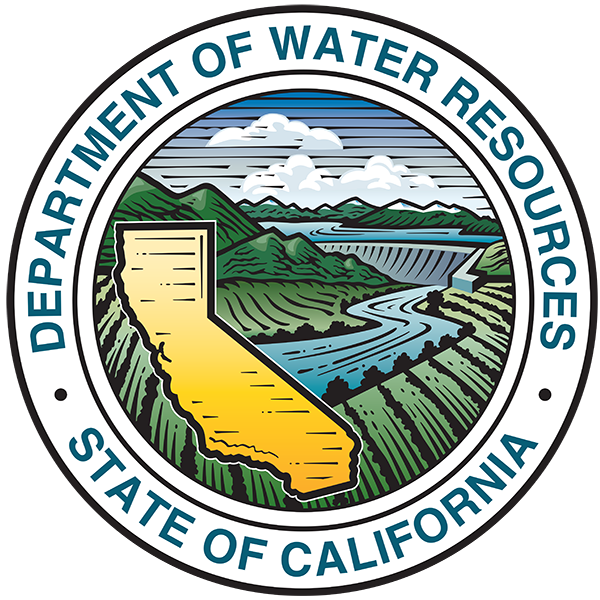
Michael Anderson
California Department of Water Resources
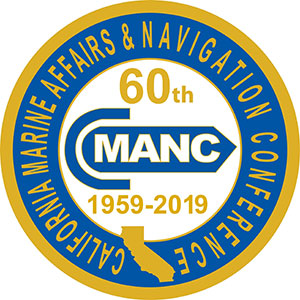
Jim Haussener
California Marine Affairs and Navigation Conference
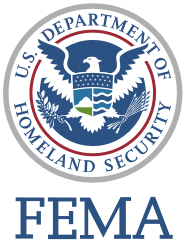
Alison Kearns
Federal Emergency Management Agency

Joshua Polston/Richard Sinkoff
Airport/Port of Oakland

Warner Chabot
San Francisco Estuary Institute
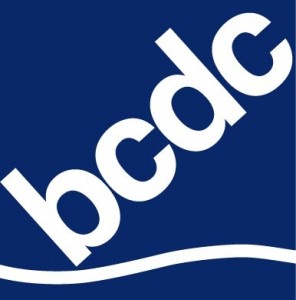
Jessica Fain
San Francisco Bay Conservation and Development Commission
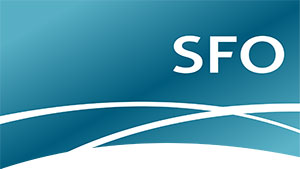
Eugene Ling
San Francisco International Airport
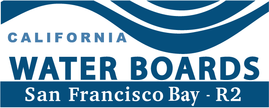
Lisa Horowitz McCann
San Francisco Regional Water Quality Control Board

Mike Mielke
Silicon Valley Leadership Group
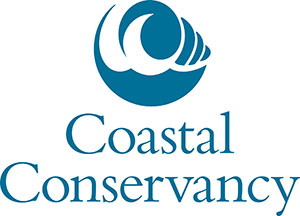
Moira McEnespy
State Coastal Conservancy

Mark Stacey
UC Berkeley, Civil and Environmental Engineering

Kristina Hill
UC Berkeley, College of Environmental Design
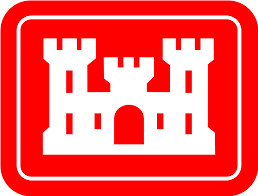
Tom Kendall /Julie Beagle
US Army Corps of Engineers
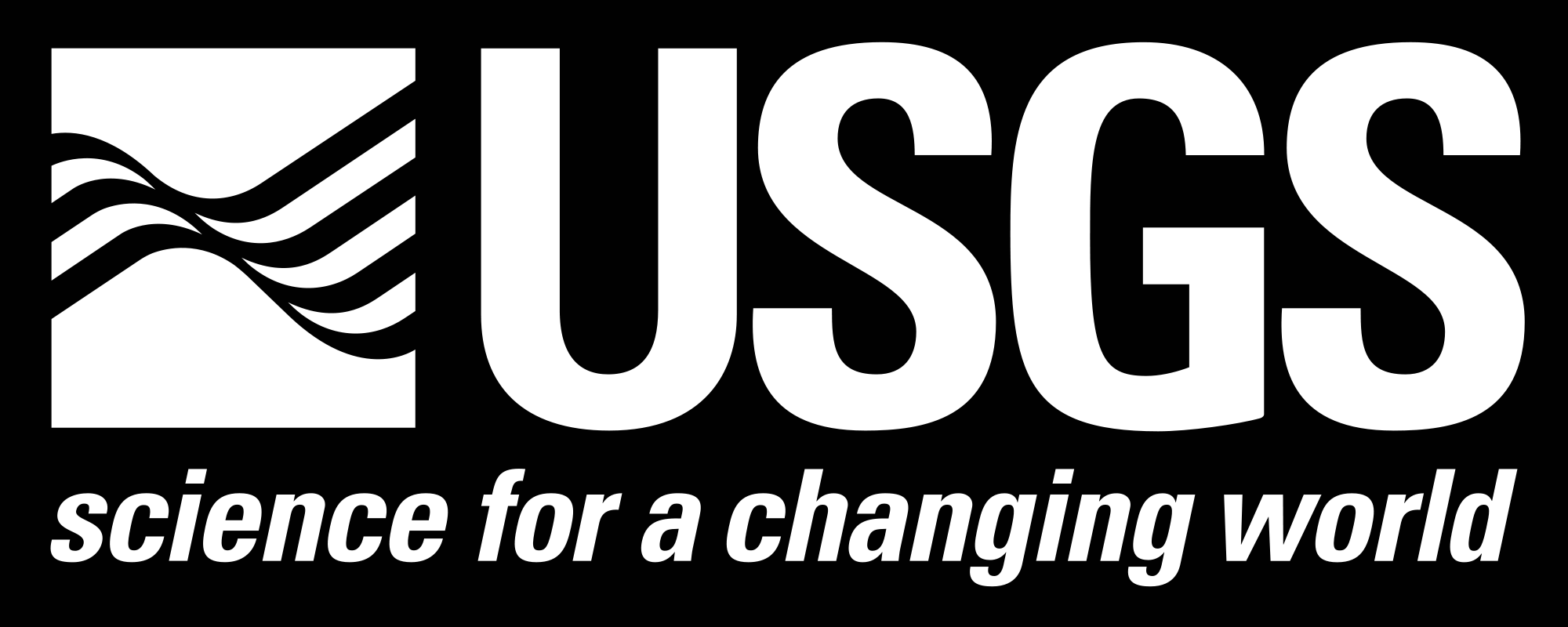
Patrick Barnard
US Geological Survey

